Are Hurricanes Actually Getting Stronger? Scientists Think So
Published Dec. 1 2020, 4:02 p.m. ET

Typhoons, cyclones, tropical storms – whatever you want to call them, hurricanes are known for causing massive damage and are one of the most violent storms on Earth, according to NASA. Scientifically speaking, the official term for a hurricane is “tropical cyclone,” as only tropical cyclones that form over the Atlantic or eastern Pacific Ocean are technically “hurricanes.”
It doesn’t take a scientist to know that hurricanes are a dangerous threat, but the more we understand about hurricane formation, the better we can prepare and potentially reduce the number of hurricanes we experience per year.
Keep reading for more info on how hurricanes are formed and why they are getting stronger.
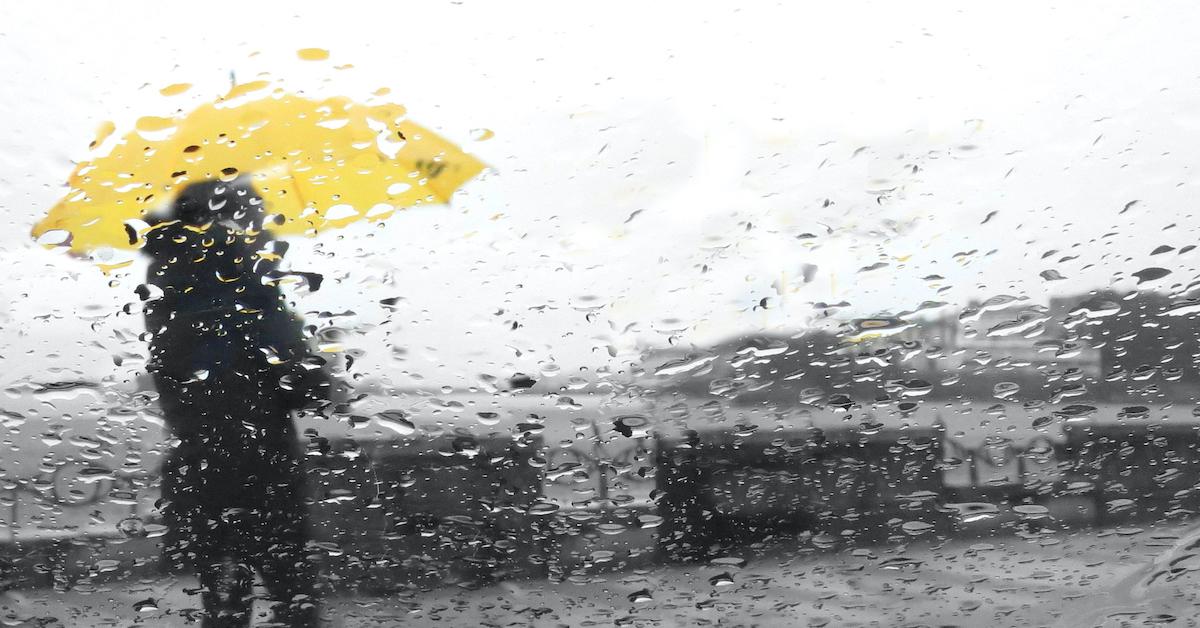
Here's how hurricanes form:
Hurricanes and tropical cyclones are formed from humid air and warm ocean waters. They are fueled by the ocean's heat and water that emanates from the surface, and the warmer temperatures cause the air pressure to rise. This causes the air to start circulating.
According to NASA, “Tropical cyclones are like giant engines that use warm, moist air as fuel. That is why they form only over warm ocean waters near the equator."
"The warm, moist air over the ocean rises upward from near the surface. Because this air moves up and away from the surface, there is less air left near the surface… causing an area of lower air pressure below.”
“Air from surrounding areas with higher air pressure pushes into the low-pressure air,” NASA explains. “Then that ‘new’ air becomes warm and moist and rises, too.” As it rises into the air, it cools, causing the water in the air to form clouds and wind.
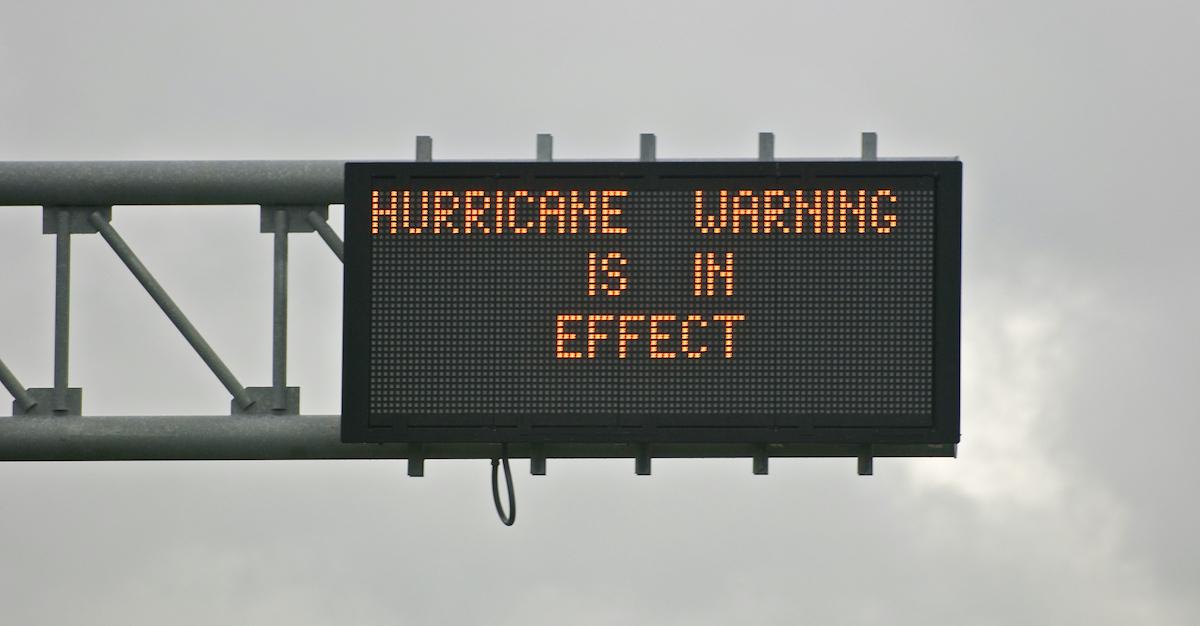
Still with us? Hurricanes also form an eye, located in its center. Here, in the hurricane’s eye, there is very low air pressure; NASA adds that “higher pressure air from above flows down into the eye.”
According to the UCAR Center for Science Education, “Storms grow if there is a continuous supply of energy from warm ocean water and warm, moist air.”
However, most storms don’t actually become strong enough to become a hurricane. That being said, because of the dire state of climate change, extreme weather events – including hurricanes – are becoming more frequent. In fact, the 2020 hurricane season alone is estimated to have as many as 20 named storms.
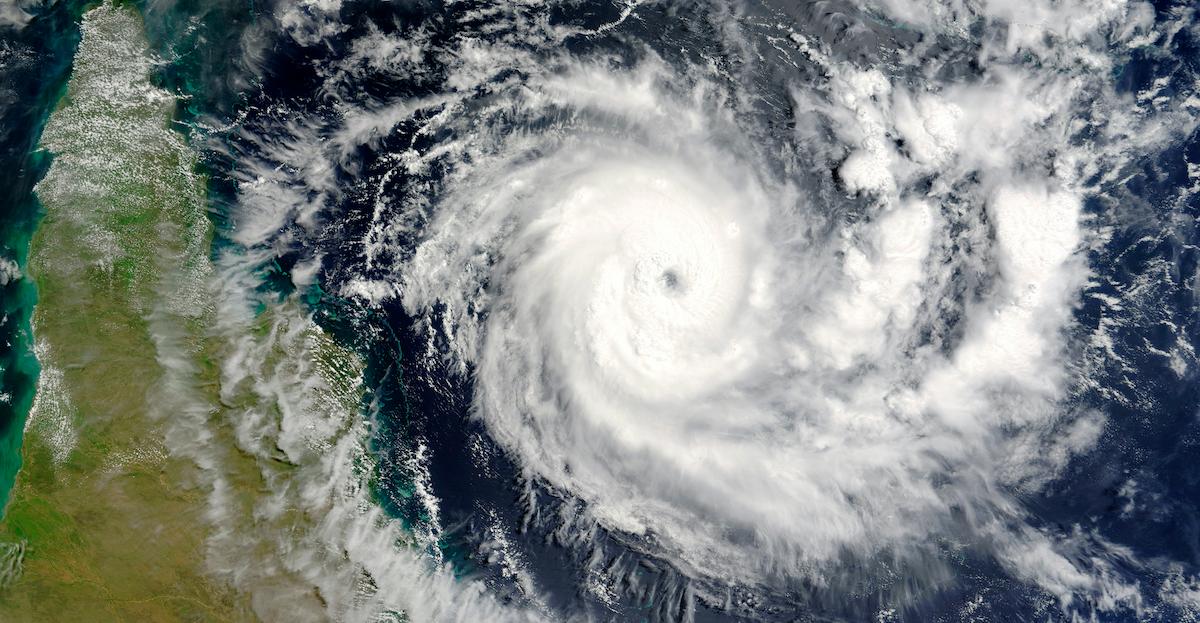
How are hurricanes named?
Naming hurricanes is a regimented process. Prior to giving individual storms female and male names, both tropical storms and hurricanes were tracked by year and order in which they occurred by the World Meteorological Organization. The main reason for naming storms appears to be convenience. When storms were tracked by year and order in which they occurred, it became difficult to refer to storms that were happening concurrently.
The naming goes in alphabetical order as per an international phonetic alphabet that was established in 1953, switching gender between feminine and masculine names. If a storm season is particularly busy, there’s a backup plan.
“In the event that more than 21 named tropical cyclones occur in a season, any additional storms will take names from the Greek alphabet,” says the NOAA.
As mentioned above, historically strong and destructive storms warrant retiring the hurricanes name so that everyone always knows the storm in reference. Recent examples of retired Atlantic hurricane names include Katrina (for 2005’s Category 5), Irene (for 2011’s Category 3), Harvey (for 2017’s Category 4), and Sandy (for 2012’s Category 3). Atlantic hurricane names have been retired as far back as 1954, in which three names – Carol, Hazel, and Edna – were retired that year.
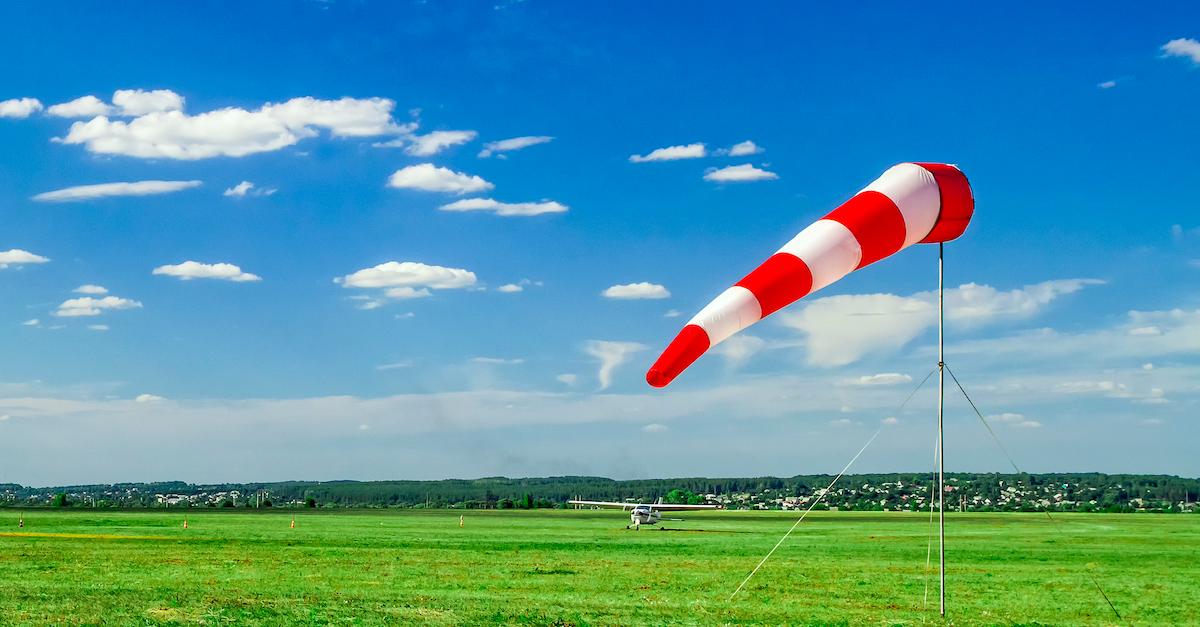
How are hurricanes measured?
Storms formed north of the equator spin counterclockwise, while storms formed south of the equator spin clockwise because of the Earth’s axis. But instead of being measured by size, hurricanes are measured by intensity using the Saffir-Simpson Hurricane Wind Scale. This rates hurricanes by category of intensity from one to five.
A category one storm can have winds of up to 74 to 95 miles an hour and most damage done by a CAT one will be limited to trees and power lines. A CAT 2 storm offers up significantly more damage, with sustained winds of 96 to 110 miles per hour. These winds can uproot trees and cause significant damage to homes.
Category 3 hurricanes are considered “major hurricanes,” and can result in severe flooding and even more damage done to homes. Once you get to the CAT 5, you’re looking at sustained winds of 157 miles an hour or more. Damage from a CAT 5 can destroy communities, flatten homes, and create unlivable circumstances for months.
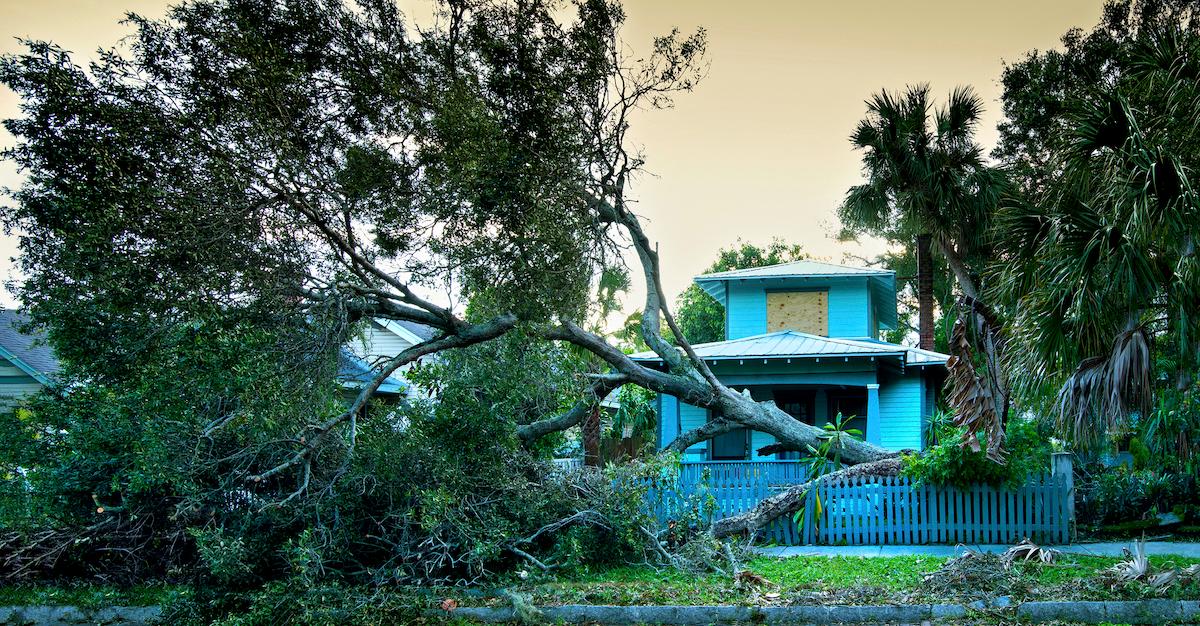
Are hurricanes getting stronger?
Hurricanes are becoming more frequent and potentially, stronger, as a direct result of climate change. As the average global temperature increases, so does the risk for more extreme weather events and natural disasters, which includes tropical storms and hurricanes. According to Live Science, a study of 4,000 tropical cyclones – done over a period of 39 years – found that hurricanes, indeed, are getting stronger.
“The 39-year period the researchers studied covers an era when climate change dramatically accelerated, according to the National Oceanic and Atmospheric Administration (NOAA) reports,” Live Science says. “The world has warmed significantly in every year of those 39, and the 39 years include eight of the 10 warmest ever recorded (2018 and 2019 also make the warmest years list but were too recent for this study and the 2020 season isn’t over yet).”
While the data is insufficient to rule that climate change alone is the sole factor, Live Science adds an uptick is clearly visible, especially in the warmer months.
"The balance of evidence – models and real-world observations – points strongly toward the idea that tropical cyclones ‘have become substantially stronger, and that there is a likely human fingerprint on this increase,'" the researchers wrote in the study.